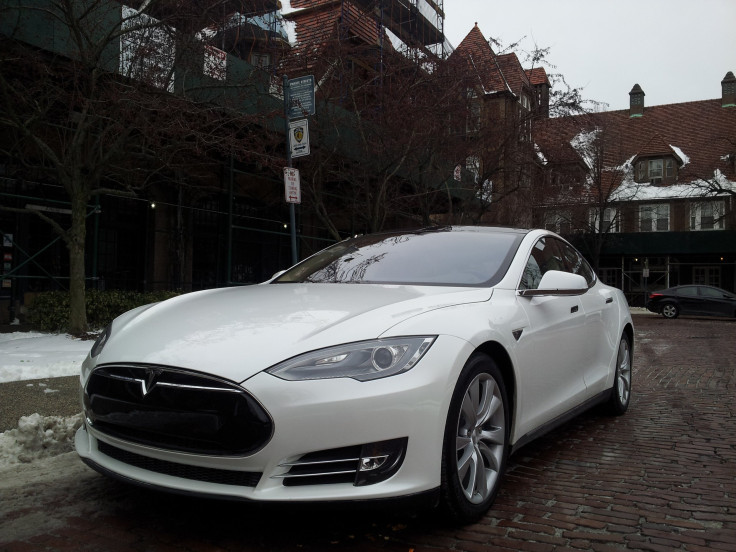Tesla Model S Fire Investigation: Gov’t Agency Rules That Incidents Are ‘Normal And Foreseeable’

"Normal and foreseeable."
That’s how the National Highway Traffic Safety Administration describes the root causes of two Tesla Model S fires in the U.S. last year that elicited an official investigation on Nov. 11. The NHTSA pointed to an unconventional fix that Tesla Motors Inc. (NASDAQ:TSLA) initiated in response to the accidents: a firmware update that raised the vehicle's clearance between the ground and the undercarriage. The Palo Alto, Calif., company also added an additional underbody to vehicles manufactured after March 6 and offered free retrofitting to owners for vehicles made before that date.
And, now, it’s official.
The NHTSA's Office of Defects Investigation said that it "believes impacts with road debris are normal and foreseeable.”
“In this case, Tesla's revision of vehicle ride height and addition of increased underbody protection should reduce both the frequency of underbody strikes and the resultant fire risk," the agency said. "A defect trend has not been identified. Accordingly, the investigation is closed.”
The first Tesla fire incident occurred on Oct. 1 in Kent, Wash., when highway debris punctured the Model S battery pack. That caused a runaway thermal event of the lithium-ion batteries inside the case. Since then, the automaker has fought back against insinuations that its electric sedan is more prone to fire risk than conventional gasoline-powered vehicles. A similar incident occurred on Nov. 6 in Smyrna, Tenn. No injuries were reported in either case, and the owners of the vehicles stepped forward to defend the safety of the cars. A third incident occurred in October, in Merida, Mexico, but in that case the owner was reportedly intoxicated and driving recklessly, plowing into a wall and hitting a tree.
© Copyright IBTimes 2024. All rights reserved.












